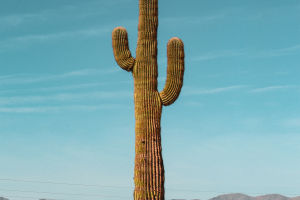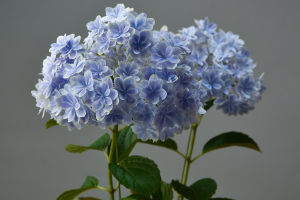Australia is home to a diverse range of plants, some of which contain hidden toxins that can be lethal if ingested. Among the most dangerous of these plants is the Death Cap mushroom, which is considered the world's most poisonous mushroom.
The Death Cap contains two types of poison: alpha-amanitin and phalloidin, which can cause severe liver and kidney damage and ultimately death. Just 30mg of the Death Cap mushroom is enough to kill a human.
The Death Cap is a highly poisonous fungus that is responsible for most mushroom-related deaths worldwide. It is often found near deciduous trees in suburban and rural areas, especially around oak trees.
The cap of the mushroom is typically light olive green or greenish-yellow in color and has a white stalk and gills. It is surrounded by a cup-shaped capsule at the base of the stem.
One of the most worrisome aspects of poisonous mushrooms is that they can closely resemble edible mushrooms, making them more likely to be eaten by mistake. As a result, many residents of Australia have fallen ill or died after consuming these toxic mushrooms.
The Victorian Health Department reports that the Death Cap is responsible for 90% of all deaths from mushroom poisoning.
Experts warn that if there is any doubt about a particular fungus or mushroom, it should not be eaten. Cooking, peeling, or drying these mushrooms will not remove the toxins from them. In addition to the Death Cap, there are other species of poisonous mushrooms that should be carefully screened before consumption.
One such species is the Red Starhead mushroom, also known as the Red Starhead ghost pen. This mushroom is characterized by its foul odor of rotting flesh and its sea anemone-like appearance.
The Red Star head is a saprophyte and can grow on wood chips or mulch. It is widely distributed throughout Australia, from southeast Queensland through New South Wales and Victoria to Tasmania.
It can also be found on islands across the Pacific Ocean. The mushroom seems to have been introduced to other regions through garden or soil products. It was first recorded growing in the soil at the entrance to Australia in 1829 in Jardine Park, England, and later in California, USA.
Another poisonous mushroom is the Bloodtooth, also known as the "Devil's Tooth" or "Strawberry and Cream". This mushroom is commonly found in the pine forests of the Pacific Northwest and Central Europe in the United States.
It gets its name from the liquid that oozes from its pores.
The liquid looks like blood and can stain clothing or other surfaces.
The Sky Blue mushroom, scientifically known as Hordeum powder fold, is a type of mushroom that can be found in New Zealand and India. It has a distinctive blue color and is commonly found in the woods of the western part of the North and South Islands of New Zealand, growing in moist soil, particularly in the apothecia and mosses of broadleaf and lohan pine forests.
The Deerflower mushroom, also known as the Deerflower puffball, is a pseudo-amniote under the genus Deerflower mushroom, distributed in Europe and North America. Symptoms of poisoning include vomiting and diarrhea a few hours after consumption, followed by dizziness, drowsiness, and headache.
It is important to educate the public about the dangers of poisonous mushrooms and to advise them not to eat any mushrooms that they are not familiar with. In addition, government agencies need to monitor and regulate the sale of mushrooms to prevent the consumption of poisonous species.
While Australia's unique environment has given rise to a diverse range of plant life, it is important to remember that not all of these plants are safe for consumption.


